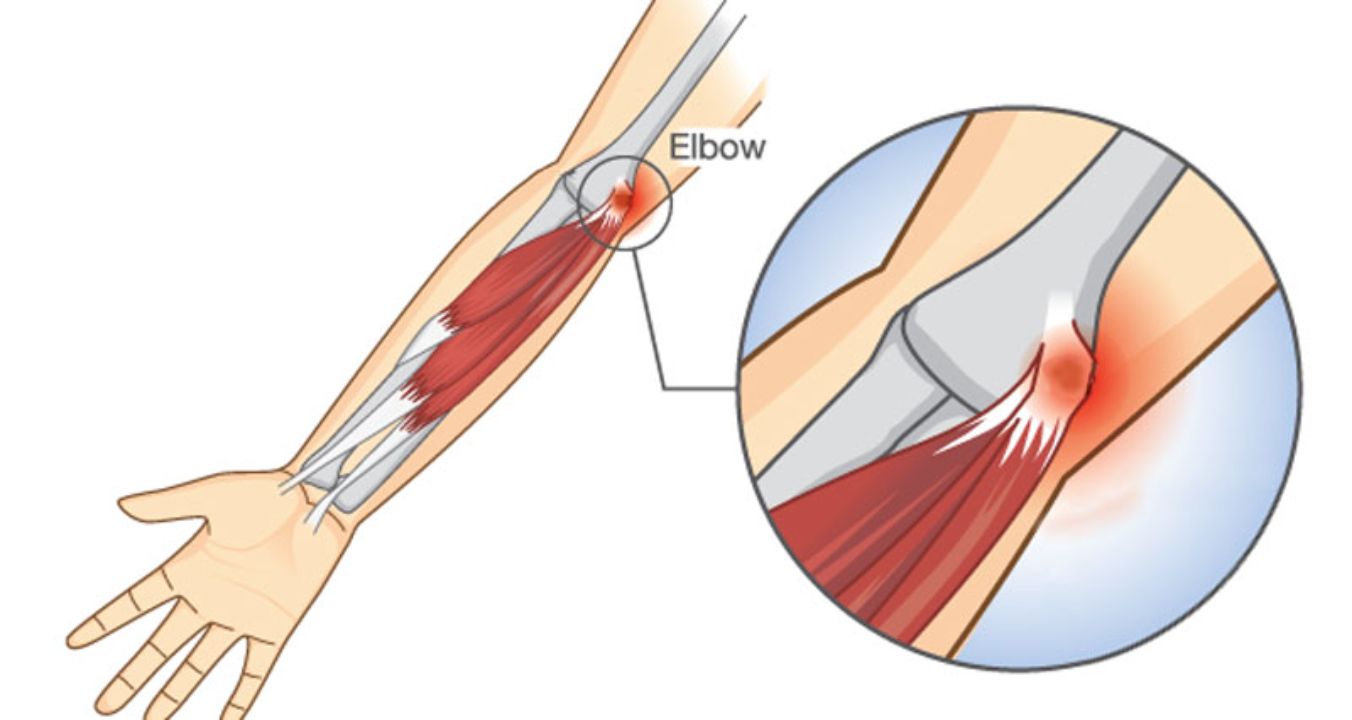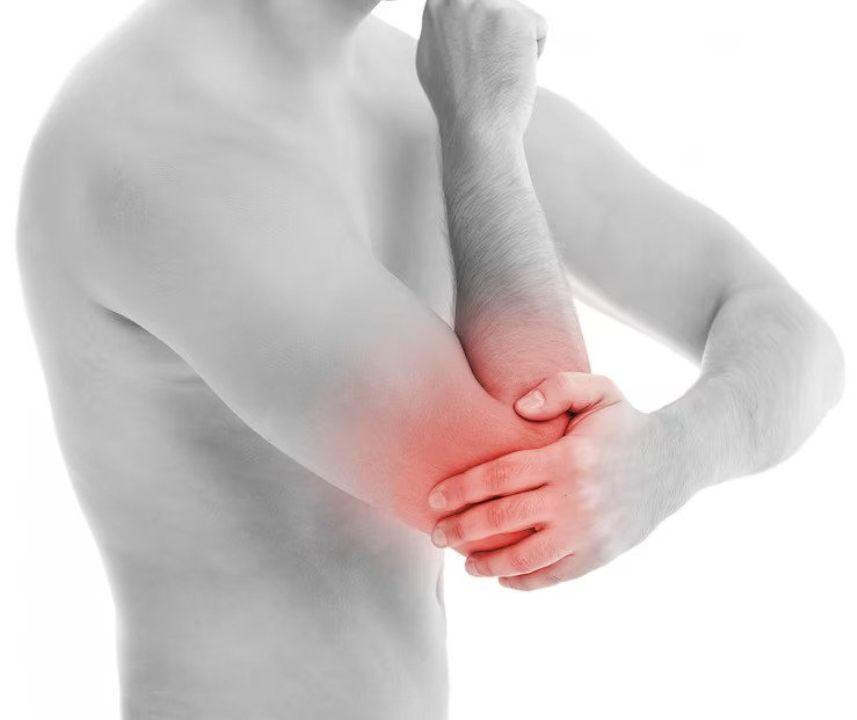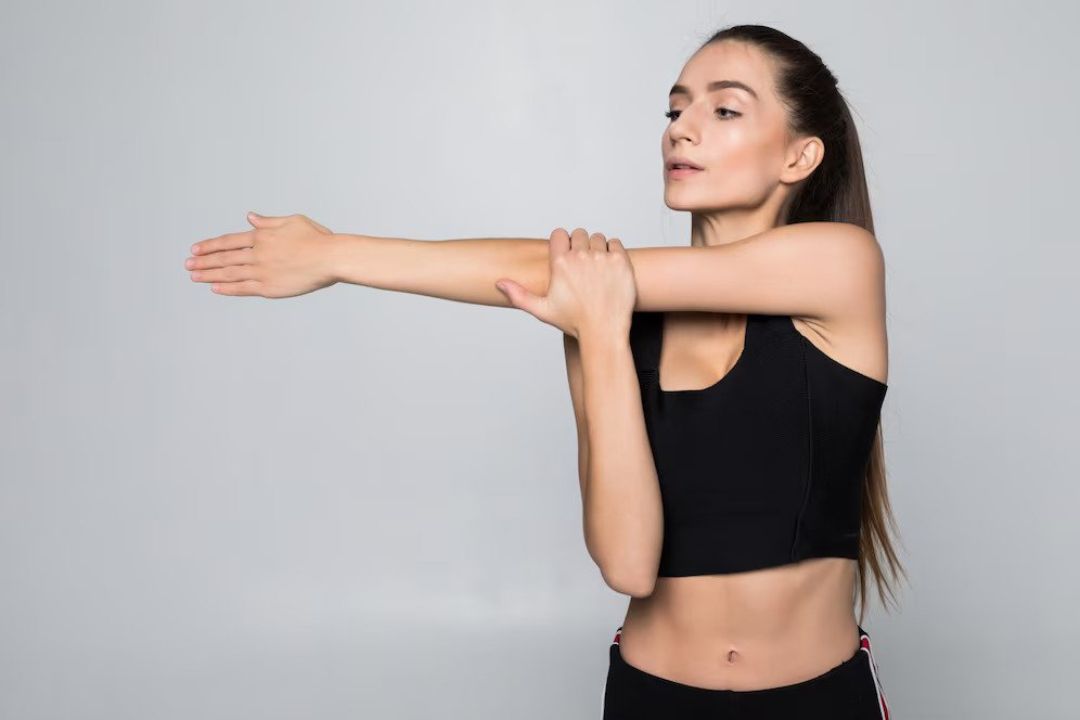Golfer’s Elbow, scientifically called medial epicondylitis, is a medical condition characterized by pain and inflammation in the tendons that link the forearm to the elbow. Located at the medial epicondyle of the humerus, the pain typically emanates from the bony bump on the inside of the elbow, spreading into the forearm and wrist.
Often misunderstood as an ailment confined to those who engage in golf, this couldn’t be further from the truth. Indeed, this condition is not exclusive to golfers. It is a condition that can impact a broad range of individuals, extending beyond the golfing community.
Tennis players, for example, are another group who frequently encounter this condition, leading to the misconception that a golfer’s elbow and a tennis elbow are the same. However, they are different. Tennis elbow manifests on the outside of the elbow, while the former affects the inside.
Moreover, individuals who repeatedly use their wrists or clench their fingers due to their professional or recreational activities also stand at an increased risk of developing a golfer’s elbow. This includes manual labourers, weight lifters, and even office workers who spend hours typing on a keyboard.

Photo Credit: Virtual Sports Injury Clinic
Golfer’s elbow occurs when the tendons that connect the muscles of your forearm to the inside of your elbow become overloaded due to repetitive wrist and arm motions. This condition is similar to tennis elbow, which occurs on the outside of the elbow. However, a golfer’s elbow is characterized by pain that is concentrated on the inside of the elbow, especially along the bony bump where the tendons attach.
A golfer’s elbow is usually caused by overusing the muscles in the forearm that allow you to grip, rotate your arm, and flex your wrist. Repetitive flexing, gripping, or swinging can cause pulls or tiny tears in the tendons, leading to pain and tenderness.

Photo Credit: Racool_Studio, Freepik
The symptoms of a golfer’s elbow involve pain and tenderness on the inner side of your elbow. Over time, the pain might spread to the inner side of your forearm.
The treatment of the golfer’s elbow includes conservative options like rest, stretching exercises, and the use of a brace. Sometimes, more aggressive treatment, like surgery, may be necessary.

Photo Credit: @diana.grytsku, Freepik
In conclusion, a golfer’s elbow, though common among golfers, can affect anyone who performs repetitive wrist, hand, or arm movements. If you suspect you have this condition, consult a medical professional for diagnosis and treatment.
Golfer’s elbow, or medial epicondylitis, is a condition causing pain and swelling on the inside of the elbow, near the bony bump (medial epicondyle) of the humerus. This injury is common in people who perform repetitive arm movements.
Prevention involves performing strengthening exercises to support the wrist and elbow, fixing improper form in sports or repetitive activities, and avoiding overuse of the forearm muscles.
Symptoms include pain and tenderness on the inside of the elbow, stiffness in the elbow, weakness in the hands and wrists, and sometimes numbness or tingling in the fingers.
Treatment often involves rest, ice, and anti-inflammatory medications to reduce pain and swelling. Strengthening and stretching exercises can also help. Severe cases may require a corticosteroid injection or surgery.
Strengthening exercises that focus on the forearm can help with this condition. This may include wrist curls, wrist extensions, and forearm pronation and supination. Always consult a physical therapist or a professional for the best exercises for your condition.